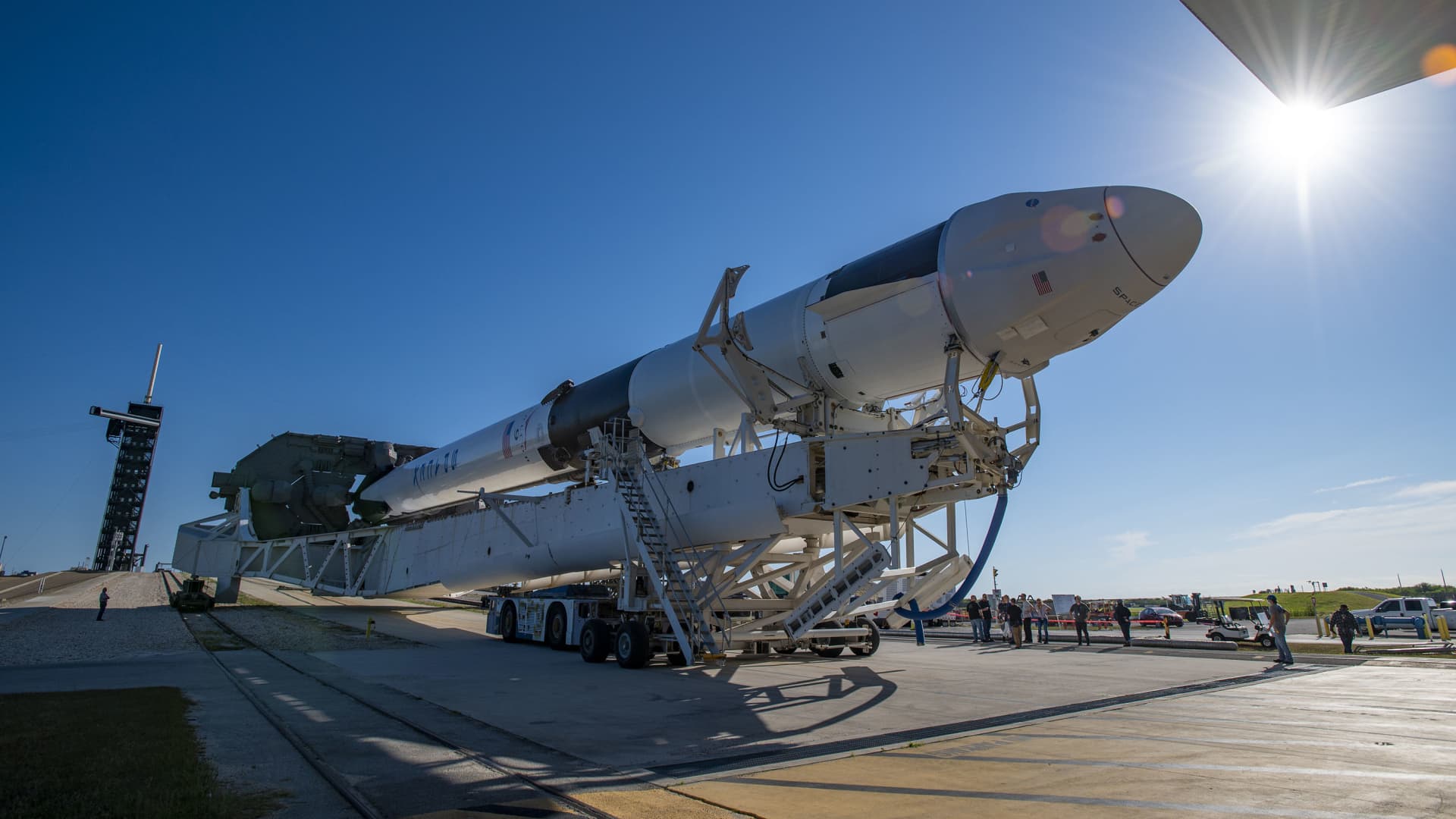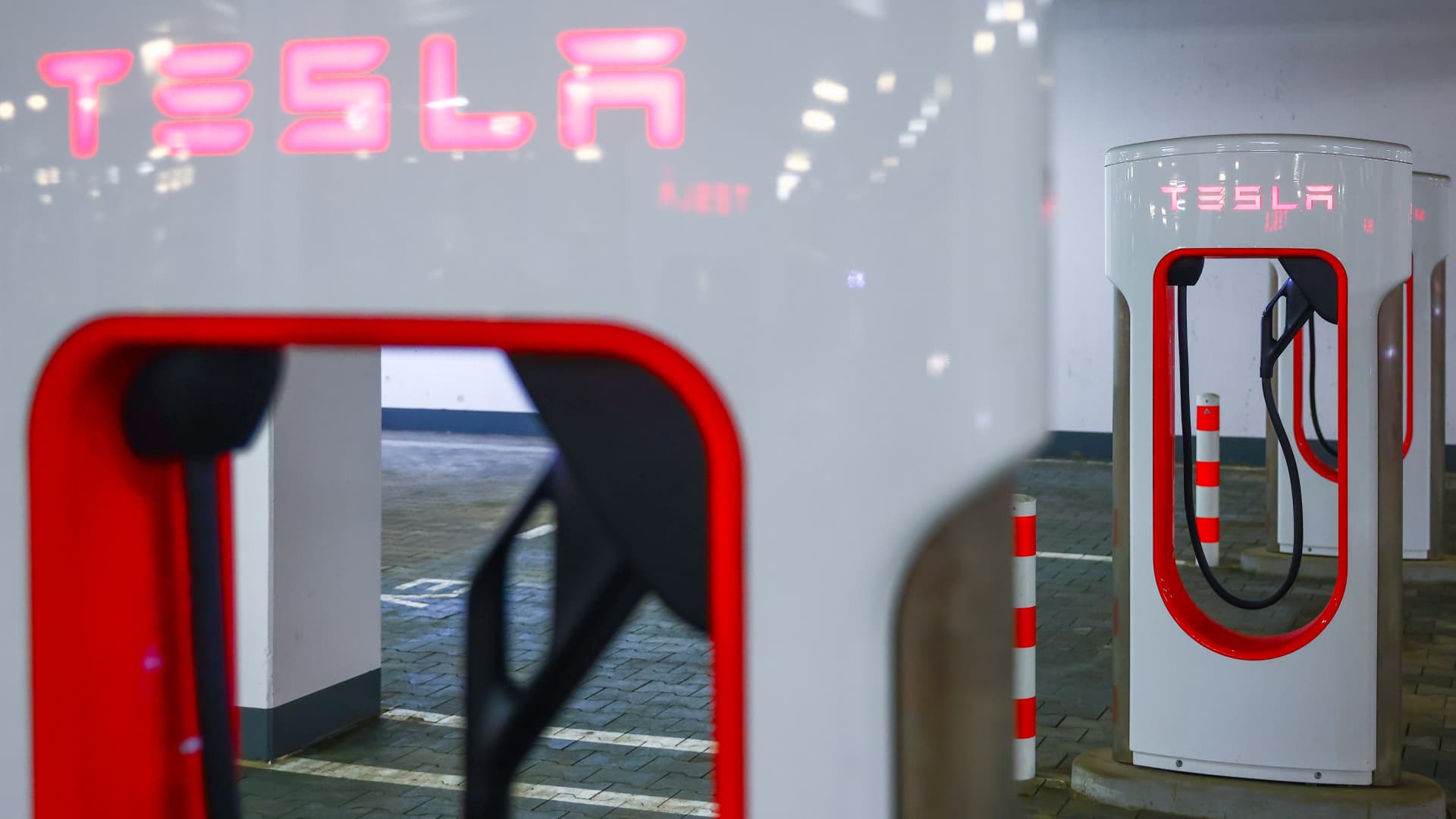The federal government had expected $114 billion income on student loans. But it could lose $197 billion, watchdog finds


The U.S. Department of Education is expected to lose close to $200 billion from federal student loans made over the last 25 years, due in part to pandemic-era relief pausing the bills for borrowers.
Originally, the Education Department estimated these loans would generate around $114 billion in income; they will, however, actually cost the federal government $197 billion, according to the Government Accountability Office, a federal watchdog.
A large share of the additional costs stem from the Covid pandemic-era pause on most federal student loan payments first enacted under the Trump administration and then continued by President Joe Biden. As a result, most federal student loan borrowers haven’t made a payment on their debt in more than two years, and interest hasn’t accrued on their balances in the meantime.
More from Personal Finance:
The best money moves after the Fed’s major interest rate hikes
What advisors are telling their clients as recession fears grow
How to make your resume stand out in ‘Great Reshuffle’
Given that policy, higher education expert Mark Kantrowitz said, the GAO’s findings were far from surprising.
“There have been several changes to the federal student loan programs, including the payment pause and interest waiver, that have increased the cost of the program, swinging it from a profit to a loss,” Kantrowitz said.
The other changes to the federal student loan system that are likely to increase costs include the suspension of collection activity, another pandemic-related relief measure, and revised estimates to how much borrowers will pay down their debts.
The GAO analysis found that loans made between 1997 and 2021 are expected to cost the government almost $9 for every $100 disbursed. That’s a big difference from the government’s expectation that the loans would generate $6 for each $100 lent.
The Education Department did not immediately respond to a request for comment.
Student loan system woes predate pandemic
Before the pandemic, when the U.S. economy was enjoying one of its healthiest periods, problems still plagued the federal student loan system.
More than 40 million Americans were in debt for their education, owing a cumulative $1.7 trillion, a balance that far exceeds outstanding credit card or auto debt. Average loan balances at graduation have nearly tripled since 1980, from around $12,000 to more than $30,000 today.
A quarter of borrowers — or more than 10 million people — were in delinquency or default. These grim figures have led to comparisons to the 2008 mortgage crisis.
The Biden administration is currently considering forgiving some portion of student debt, and most recently was reported to be leaning toward $10,000 in relief for most borrowers. The price tag of such a move would depend on the fine print, but could cost the government another $321 billion.
This post has been syndicated from a third-party source. View the original article here.




